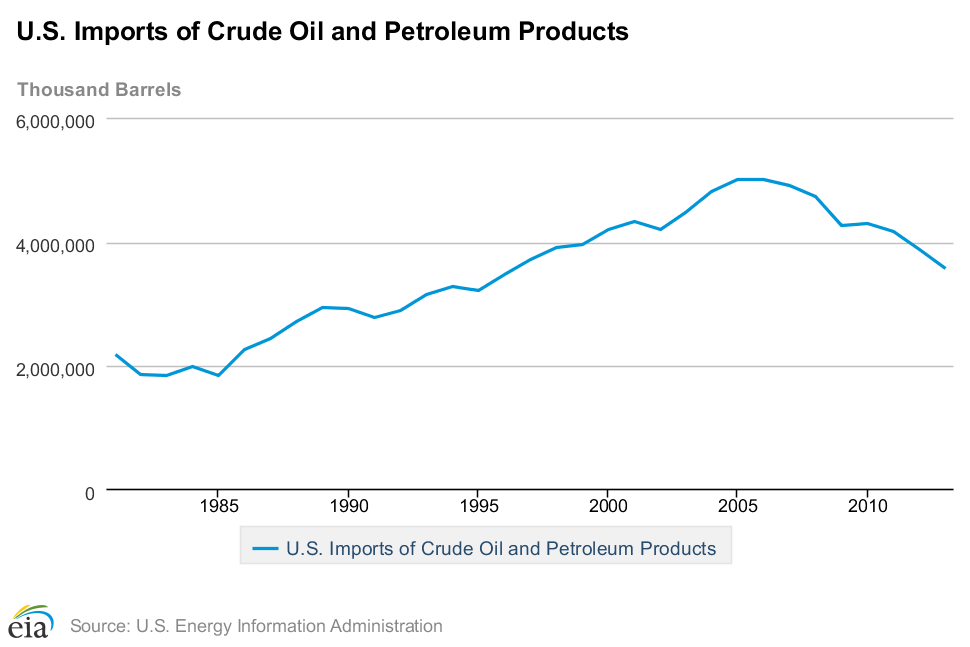Lab tests aren't standard procedure for diagnosing the flu. In fact in the 2017-2018 Season, out of an estimated 44.8 million cases, 1.2 million flu tests were processed through clinical labs and another 98 thousand were processed in public health labs.
The reason is that we have loads of data on the flu. Accounts of influenza go back thousands of years and the type of clinical data we expect these days counts for decades if not a century of well-documented statistics. We kind of know what we're dealing with, even though an oddball flu pandemic can strike. Doctors generally just listen to a patient's breathing, ask a few questions, and say, "Yep. You've got the flu. Get some rest and drink lots of clear liquids." That is, unless you've also got pneumonia or are at risk from other conditions.
A brief description from the CDC follows on how they come up with mortality rates for the flu:
Instead of breaking these down into separate categories, the CDC (and most health organizations in the world!) just count these both as a singular figure labeled: "P&I Mortality".
Pneumonia deaths are so frequently a consequence of influenza that they are always counted together in flu death statistics. Here's a graph of the CDC-Reported January 2013 - April 2020 Weekly Mortality rates for Pneumonia & Influenza:
Something unusual happened in March & April of 2020, though, it seems. The Flu deaths don't look that unusual, but Pneumonia deaths are the highest of any previous year charted in the dataset. Hm.
Okay, on to more Flu Statistics!
Asymptomatic Carriers Don't Count
Nobody really knows (and therefore no one counts) how many asymptomatic Flu carriers there are. Several studies with varying results have tried to determine just how many asymptomatic Flu carriers there are in general. Their results varied between 16% - 85%.
I'll include another quote from a UK study:"In conclusion, the true asymptomatic fraction of influenza virus infections may depend on how infections are identified, and we found quite different estimates of the asymptomatic fraction in two different types of studies. In outbreak investigations where infections were virologically confirmed, we found a pooled mean of 16% (95% CI: 13%, 19%) of infections were asymptomatic, whereas in longitudinal studies in which infections were identified using serology the point estimates of the asymptomatic fraction adjusted for illness from other causes fell in the range 65%–85%. We could not fully explain the differences in the scale of estimates from these two types of studies, although features of the respective analyses would have led to under- and over-estimation of the asymptomatic fraction respectively."
How do these figures break down in the United States? Here's a table from the CDC on the 2017-18 Flu Season:"The proportion of serologically confirmed infections that are asymptomatic is an often neglected variable, which is an important component of severity. Our finding that only 23% (95% CI 13–34) of infections are symptomatic is lower than is sometimes assumed, but is consistent with findings from other studies of seasonal influenza and human challenge studies."
Here we see that the estimated deaths for all age groups was 61,099 people in the period from October 1, 2017 to April 30, 2018. That's seven months. Out of 44,802,629 people who were estimated to be sick, 61,099 deaths means the Mortality Rate was 0.136% in 2017-18.
If we were interested in approximating the Infection Fatality Rate (IFR) of P&I including asymptomatic Flu carriers, we'd have a real algebra problem on our hands. But let's do it anyway and pick a value between 16% asymptomatic and 85% asymptomatic just for kicks. 50.5% is the mean and the median between those two numbers. We can round that down to 50% for very easy math. In that case, the total estimated number of people infected with the Flu in the 2017-18 Flu Season would be 89,605,258 people. The P&I IFR for that season would then be 0.068%.
Now to current Coronavirus statistics:
There are (as of May 14, 2020) 1,457,593 laboratory-confirmed cases of coronavirus infection in the United States. 86,912 people have died. That's a Mortality Rate of 5.96%.
There is an hypothesis circulating that 90% of people infected are asymptomatic. That would mean that the total number of people infected would hypothetically be 14,575,930 and that the Infection Fatality Rate (IFR) would be 0.596%.
There is no verifiable basis for estimating that 90% of people with Coronavirus infections are asymptomatic. The best data we have is from the two antibody surveys New York State completed in the last few weeks:
They found that in the heart of the largest Coronavirus Outbreak in the United States, about 21% - 25% of people in NYC had been exposed to the virus. We don't know if any or all of those had been asymptomatic. We only know that they had the antibodies.
Taking that into consideration, let's be ridiculous in the face of facts and assume that 50% of people infected are completely asymptomatic (for the sake of the easiest math possible) and extrapolate that ratio to the rest of the country:
2,915,186 would have been exposed to the virus. Given the confirmed deaths of 86,912 people, the Infection Fatality Rate (IFR) would be 2.98%.
This is not the Flu.

















